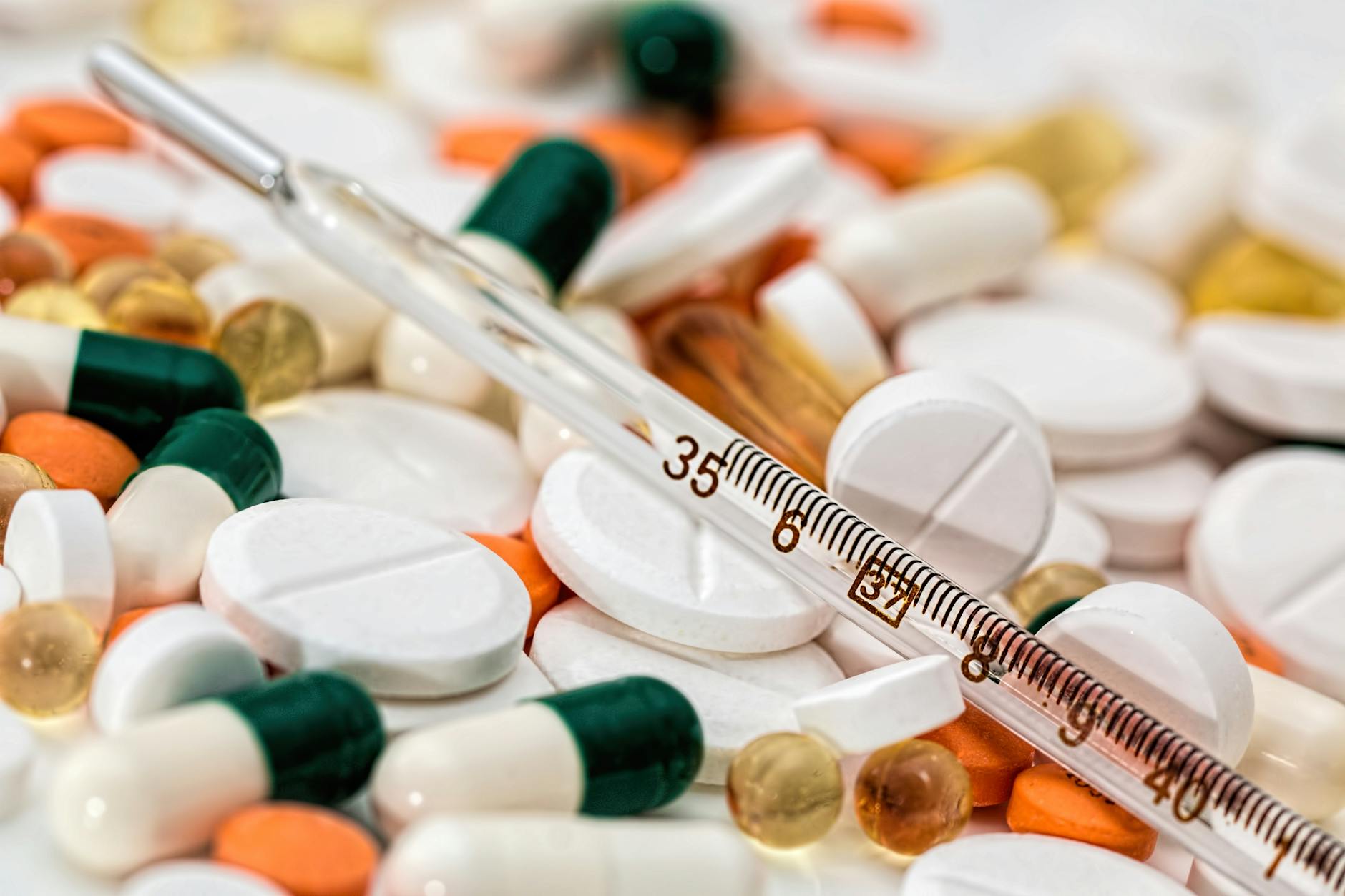Uncover the truth about yeast infections with this comprehensive guide. Learn about causes, symptoms, and effective treatment options today!
Table of Contents
Yeast infections are a common occurrence for many individuals, especially women. Understanding the causes, symptoms, and treatment options for yeast infections is crucial for managing and preventing this uncomfortable condition. In this comprehensive guide, we will explore everything you need to know about yeast infections.
Understanding Yeast Infections
Yeast infections, also known as candidiasis, are caused by an overgrowth of the Candida fungus. This type of yeast is normally present in small amounts in the body, particularly in the mouth, digestive tract, and vagina. However, when the balance of bacteria and yeast in the body is disrupted, it can lead to an overgrowth of Candida, resulting in a yeast infection.
Symptoms of Yeast Infections
The symptoms of a yeast infection can vary depending on the affected area. Common symptoms of a vaginal yeast infection include:
- Itching and irritation in the vagina and vulva
- Burning sensation during urination or intercourse
- Abnormal vaginal discharge that may be thick and white, similar to cottage cheese
- Redness and swelling of the vulva
In oral yeast infections, also known as thrush, symptoms may include:
- White lesions in the mouth and on the tongue
- Sore throat
- Painful swallowing
Treatment Options for Yeast Infections
Fortunately, yeast infections can typically be treated effectively with over-the-counter medications or prescription antifungal medications. Some common treatment options include:
- Antifungal creams or suppositories for vaginal yeast infections
- Oral antifungal medications for severe or recurrent infections
- Antifungal mouth rinse or lozenges for oral thrush
It is important to follow the prescribed treatment regimen and complete the full course of medication to ensure the infection is completely eradicated.
Prevention of Yeast Infections
While yeast infections are common, there are steps you can take to help prevent their occurrence. Some prevention tips include:
| Topic | Description |
|---|---|
| Causes | Yeast infections are typically caused by an overgrowth of the candida fungus, which is naturally present in the body. Certain factors such as antibiotics, hormonal changes, weak immune system, and diabetes can contribute to the development of yeast infections. |
| Symptoms | Common symptoms of yeast infections include itching and irritation in the genital area, pain or burning during urination or intercourse, and a thick, white vaginal discharge. Some individuals may also experience redness and swelling in the affected area. |
| Treatment | Yeast infections can be treated with over-the-counter antifungal medications such as creams, suppositories, or oral tablets. It is important to follow the instructions provided by the healthcare provider and complete the full course of treatment to ensure the infection is fully resolved. |
- Practice good hygiene, especially in the genital area
- Avoid douching, as it can disrupt the natural balance of bacteria and yeast in the vagina
- Wear breathable cotton underwear and avoid tight-fitting clothing
- Avoid using scented products in the vaginal area, such as scented tampons or feminine hygiene sprays
- Manage underlying health conditions, such as diabetes, that may increase your risk of yeast infections
Conclusion
Yeast infections are a common, yet treatable condition that many individuals may experience at some point in their lives. By understanding the causes, symptoms, and treatment options for yeast infections, you can take steps to manage and prevent this uncomfortable condition. If you suspect you may have a yeast infection, it is important to consult with a healthcare provider for an accurate diagnosis and appropriate treatment.
FAQs
Can men get yeast infections?
Yes, men can get yeast infections, although it is less common. Male yeast infections can occur on the penis, in the mouth, or in the skin folds. Symptoms may include redness, itching, and a burning sensation. Treatment options for male yeast infections are similar to those for women.
Are yeast infections sexually transmitted?
Yeast infections are not considered sexually transmitted infections (STIs). While yeast infections can be triggered by sexual activity, they are typically caused by an overgrowth of the Candida fungus. However, sexual activity can increase the risk of developing a yeast infection.
Are there natural remedies for yeast infections?
Some individuals may choose to try natural remedies for yeast infections, such as probiotics, yogurt, garlic, and tea tree oil. While these remedies may offer some relief, they are not scientifically proven to be effective in treating yeast infections. It is best to consult with a healthcare provider for proper diagnosis and treatment.
Can yeast infections go away on their own?
In some cases, mild yeast infections may resolve on their own without treatment. However, recurring or severe yeast infections typically require medical intervention. It is important to consult with a healthcare provider if you suspect you have a yeast infection to determine the appropriate course of action.




